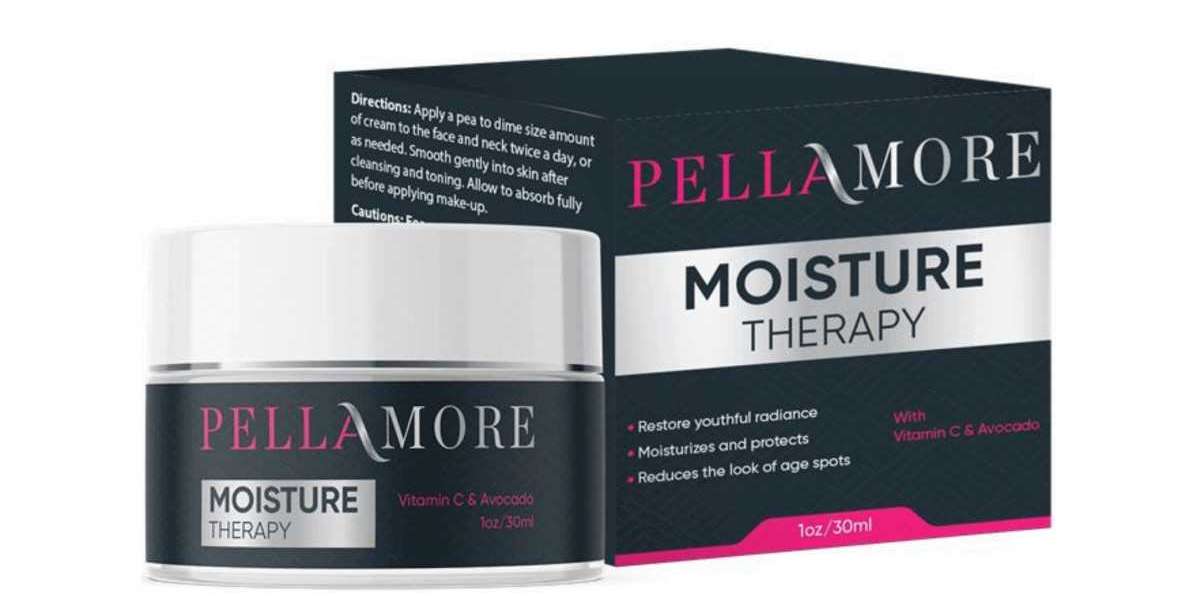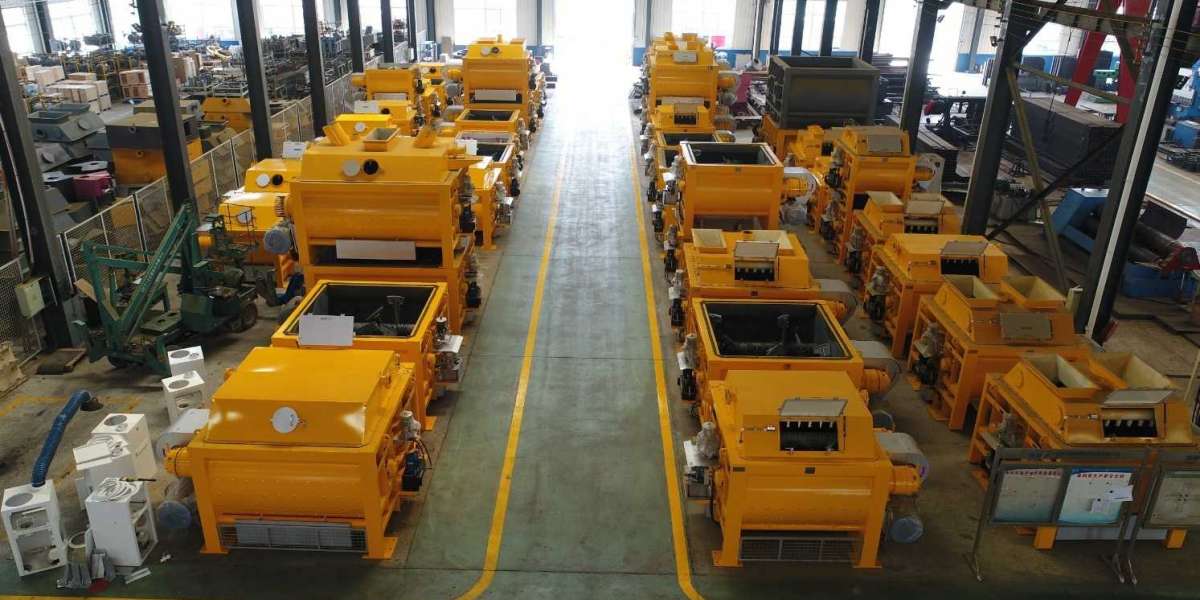How Industrial Glue Guns Are Used
You may be familiar with hot glue guns from your high school home-economics class. You may remember weird, cylindrical, solid-but-flexible, sticks of translucent glue that you placed into a small hot glue gun. The gun would heat the glue, and you could use the hot glue to adhere pieces of fabric together (or to make other craft projects).
Hot glue also has the name of hot melt adhesives, which is the term typically used in industrial settings (or just “hot melt” for short). Indeed, what you may not know is that hot glue has many more uses than craft projects. Many industries use hot melt as part of the manufacturing and assembly process.
In industrial settings, you are doing a lot more than sticking fabric together. Industrial hot glue is used for many different and sometimes precision jobs for various industries. For these bigger jobs, companies require industrial glue guns and products. These are not your little, home-economics-style, glue guns. These are bigger, with more power and more capability.
Let’s learn more about the industries that use hot melt, how it is used and which types of hot melt are best for each job.
Hot melt or hot glue
Hot melt or hot glue is designed to be melted with a glue gun. This glue is sometimes called thermoplastic adhesive. Hot glue guns use continuous heating elements to melt the adhesive.
In industrial settings, industrial hot glue and industrial hot glue guns give many advantages over solvent-based adhesives or other fasteners. Industrial hot glue can dry strong and quickly, reducing the time delay before the product is ready. Hot melt also cures quickly. Industrial hot melt has a long shelf-life, and after use, it can be disposed of without any special precautions.
Hot melt also has the advantage of not losing any thickness when drying. This makes it especially helpful in some commercial projects (such as woodworking). There are many types of industrial hot melt and industrial hot melt guns to match different needs in various industries. There are even hot melt adhesives that can be applied by dipping or spraying.
Industrial hot melt has properties that should be considered for the specific job you intend it for. One of these is the bond formation temperature, which is the minimum temperature at which the adhesive can create bonds. In industrial settings, it is also important to consider the potential life stability, because the hot melt is often molten for longer time periods when working in industry.
The term tack refers to the stickiness of the hot melt. When you are working with industrial hot glue, you have a certain amount of time during which the hot melt is tacky before it sets. The open time tells you how long you can work to set a bond. The set time tells you how long it takes for the bond to form to an acceptable strength.
Hot melt adhesives and electronics
From the server that keeps your business website up and running to the smartphone that keeps you connected when you’re on the go to the handheld gaming device that keeps the kids entertained, electronics are a huge part of our everyday lives. And adhesives play a big role in helping ensure that the electronics we count on every day are long-lasting and ready to stand up to real-world demands we place on them.
In many industries — such as labeling and packaging — the job of an adhesive is to simply bond one material to another. But the electronics industry counts on adhesives to do much more than provide a strong seal between two substrates.
For example, one common consideration in the world of electronics adhesives is choosing an adhesive that can stand up to vibration. When affixing extremely delicate wiring to a motherboard or in other fragile circuit board situations, we would recommend using a hot glue adhesive to hold the component tightly in place without jeopardizing the overall quality or health of the electronics themselves — a process also known as potting or overmolding.
After using a hot melt adhesive to hold the electronic component in place, many electronics manufacturers opt to follow up with a neutral cure silicon rubber to create a long-term bond. While the hot melt glue creates a great short-term solution for holding the component in place and resisting vibration for month or years, silicon rubber provides a bond intended to last decades when applied correctly.
Unlike other industries where manually applying adhesives with glue bottles or glue sticks may be an option, the electronics industry requires more automated solutions for more consistent application. Commonly used industrial glue machines for electronics, including hot glue guns, can help make quick work of the process. Additionally, professional-quality glue guns offer a precise application with fewer drips and strings that can easily damage sensitive electronic equipment.
Choosing the right hot melt glue
Glue guns are an effective and convenient tool for fastening various materials. Before selecting a glue gun, you need to know what type of hot melt glue you will need for your project. Rapid glue sticks are grouped according to the three most common applications.
Arts and crafts
These types of glue are perfect for people who like crafting and creating things themselves. You can choose between universal glue, which is suitable for bonding most materials, and coloured glue for decoration. There are two different dimensions glue stick:








